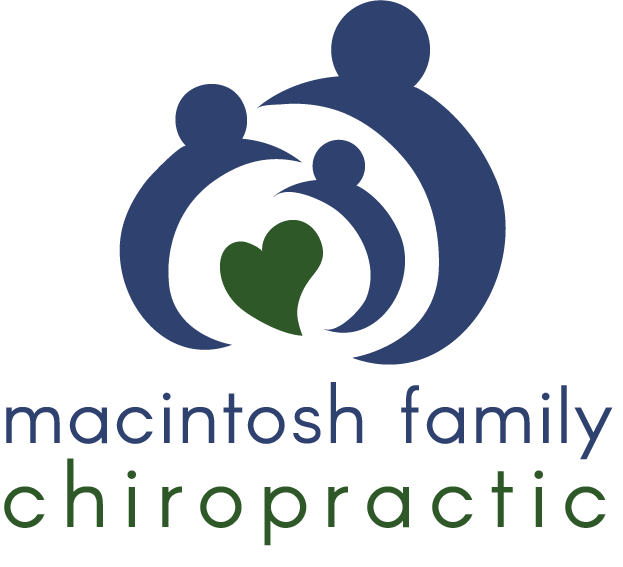MRI: Whiplash and TMJ
The issue of temporomandibular joint (TMJ) injury after whiplash is a complex and controversial one. Medical studies show that a significant number of patients report the incidence of TMJ pain, while engineering studies designed to examined the motions of the jaw during collisions fail to show any excessive movements or forces on the temporomandibular joint.
A recent study compared TMJ MRIs of a control group of 53 healthy subjects to the TMJ MRIs of 60 whiplash patients—hoping to assess TMJ changes during the acute phase (3-14 days) following trauma. The authors found no significant differences between the two sets of patients in before-accident TMJ symptoms. The prevalence of disk displacement, bleeding or joint effusion, or any other injury that could be revealed with MRI was comparable in both groups, with no higher rate of incidence in the whiplash patients. As well, there was no significant difference between the two groups in terms of the frequency of disk displacement. 24 controls (45%) and 32 whiplash patients (53%) had a displaced TMJ disk in one or both joints.
15% of whiplash patients indicated signs of TMJ began with/following their accident; three of those cases emerged as transient, and symptoms or pain shortly disappeared. Of these 15 patients, 8 had signs on MRI showing disk displacement, "Yet these joints had no effusion, which is an indication of bleeding and would have been expected in cases of acute injury." The authors write:
"If whiplash trauma causes TMJ disk displacement in many patients, the prevalence of displaced TMJ disks would be higher in a patient group after an accident than in a control group. However, we did not observe any statistically significant correlation; the prevalence of disk displacement was the same in both groups... An assumption that the direction of disk displacement might differ between the patients and the controls is reasonable...However, no such difference was found, nor was one found in relation to stage or grade of disk displacement."
Furthermore, there were no signs of bleeding or edema in the soft-tissues, and the prevalence of effusion was comparable between the two groups—8% in the control, 6% in the patients. The researchers explain their findings, "The results should not be interpreted as excluding the possibility that whiplash trauma can cause TMJ injury, but they show that if TMJ injury such as disk displacement or joint effusion does occur as a result of whiplash trauma, the incidence of TMJ injury is low." They conclude by suggesting future studies investigate, "whether whiplash trauma can with time aggravate disk displacement present before trauma or whether mild symptoms caused by trauma are likely to progress."
Bergman H, Andersson F, and Isberg A. Incidence of temporomandibular joint changes after whiplash trauma: a prospective study using MR imaging. AJR 1998;171:1237-1243.
